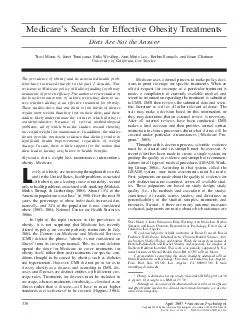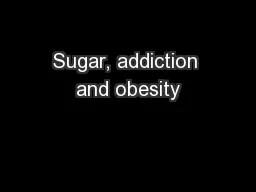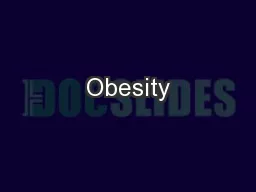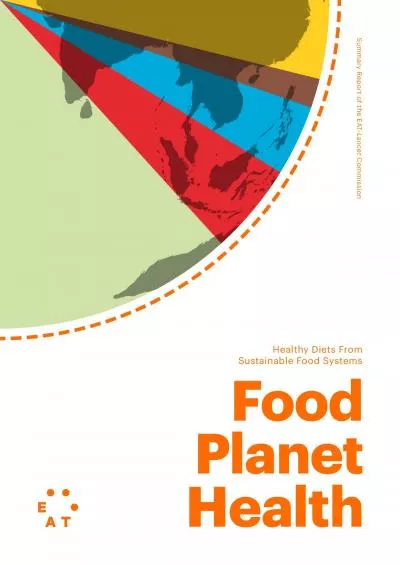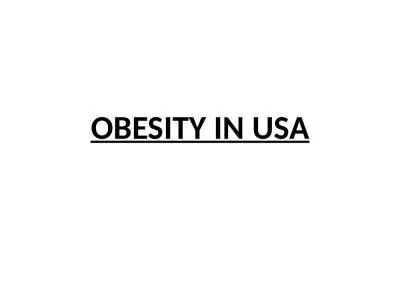PDF-Medicares Search for Effective Obesity Treatments Diets Are Not the Answer Traci
Author : test | Published Date : 2014-09-30
Janet Tomiyama Erika Westling AnnMarie Lew Barbra Samuels and Jason Chatman University of California Los Angeles The prevalence of obesity and its associated health
Presentation Embed Code
Download Presentation
Download Presentation The PPT/PDF document "Medicares Search for Effective Obesity T..." is the property of its rightful owner. Permission is granted to download and print the materials on this website for personal, non-commercial use only, and to display it on your personal computer provided you do not modify the materials and that you retain all copyright notices contained in the materials. By downloading content from our website, you accept the terms of this agreement.
Medicares Search for Effective Obesity Treatments Diets Are Not the Answer Traci: Transcript
Download Rules Of Document
"Medicares Search for Effective Obesity Treatments Diets Are Not the Answer Traci"The content belongs to its owner. You may download and print it for personal use, without modification, and keep all copyright notices. By downloading, you agree to these terms.
Related Documents

